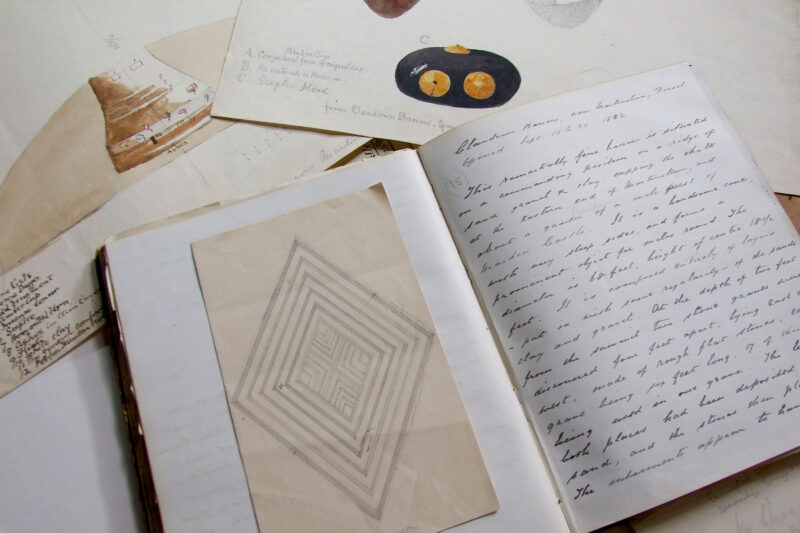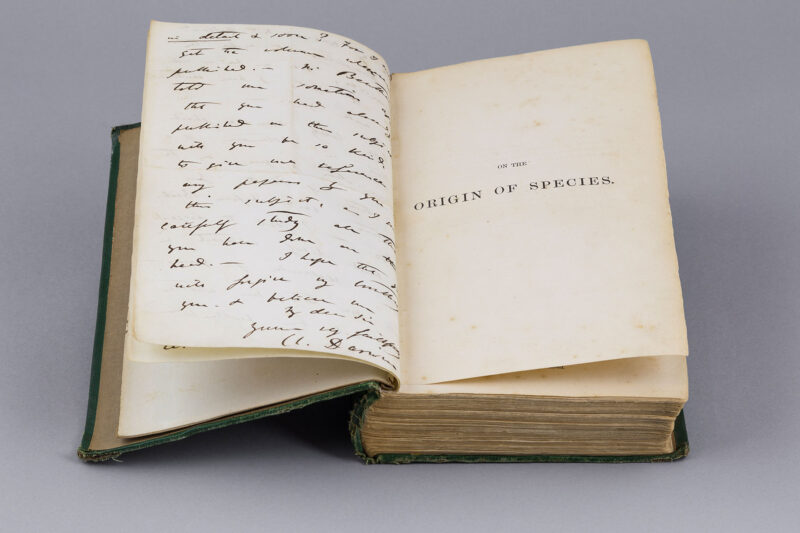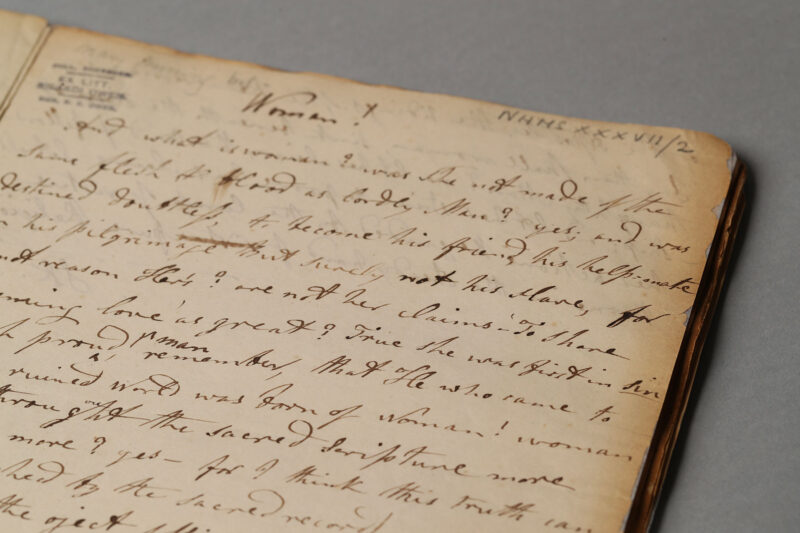Library
Spend some quiet time in our stunning, light-filled Library with its magnificent Victorian oriel window, coats of arms, carved arches and fireplace.
Over 30,000 books on Dorset’s geology, history, people, art and culture are here for you to browse or use for study. By appointment, you can also see items from the Library’s reserve and Special Collections – our archive of maps and plans, printed ephemera, biological and geological field notebooks, archaeological excavation reports and academic research papers. The Library is managed and cared for by the Dorset Natural History and Archaeological Society.
A Historic Space.
The Library was designed by G. R. Crickmay and Sons from Weymouth, the architects Thomas Hardy had worked for before he became a writer. Built from Portland stone, it is noted for its oriel window in the turret, coats of arms and carved arches. The fireplace was rediscovered during the Museum’s recent redevelopment.
When Dorset Museum first opened in 1884, this room was called a ‘library for working men’. In 1904 it became the ‘ladies reading room’ and the main library moved downstairs, to what is now the Café. At the time this part of the Museum had no gas or electricity. Readers relied on the natural light that floods through the oriel window.
Some of the Library’s first books were donated by the Dorset Natural History and Antiquarian Field Club. This club later became the Dorset Natural History and Archaeological Society, which continues to manage and care for the Library today.
Important Announcement
The lift in the Museum is currently out of action.
We hope to resolve this very soon and apologies for the inconvenience.
-
-
Admissions:
10% discount for Adult and Young Person Unlimited Ticket booked online using discount code DM01
BOOK ONLINE SAVE 10% -
-
-
For more information
[email protected]
What's Inside
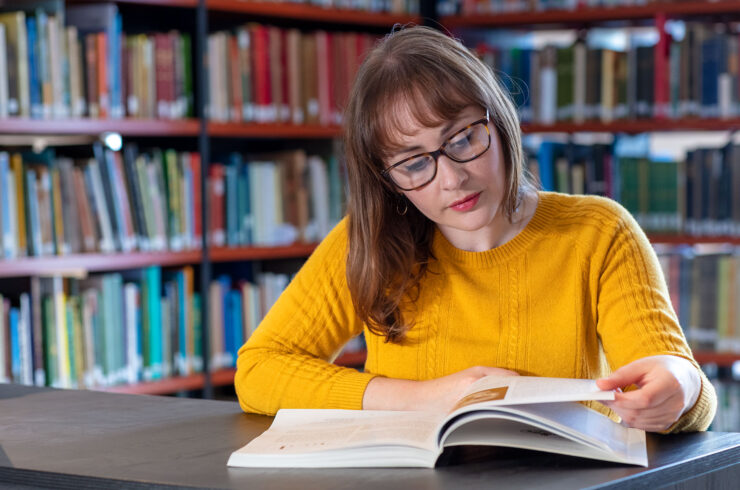
The Collection
Dorset Museum’s library contains over 30,000 books on subjects relating to archaeology, geology, natural history, geography, Dorset writers, social history and local studies.
The library also contains a considerable archive collection of printed ephemera, transcripts from the National Archives (papers by Pope and Fry) and pamphlets relating to local subjects and Dorset people, as well as biological and geological field notebooks, archaeological excavation reports and academic research papers.
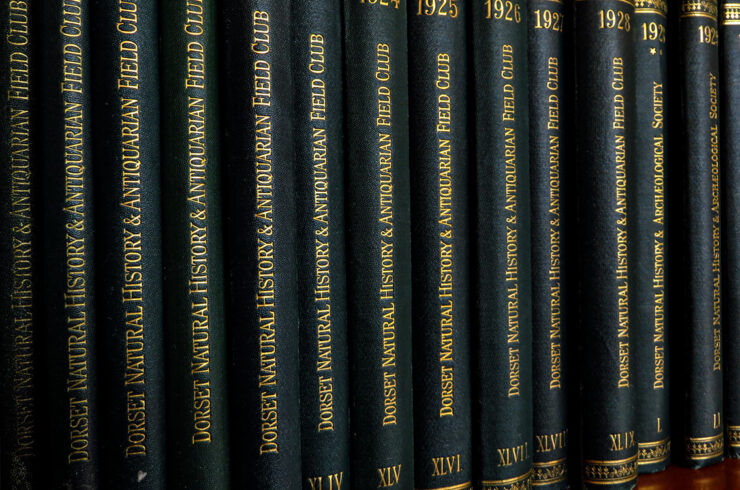
Journals and Periodicals
Also, the library collection has long-running subscriptions to archaeological and historical societies publications, academic journals and newspapers many of which are unavailable elsewhere within the region.
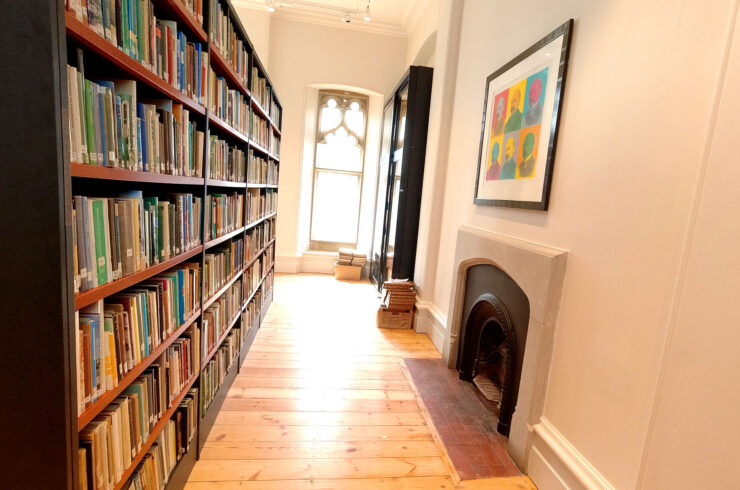
Reference, Research and Relaxation
The library not only for academic research and study but also as a reading room in their leisure time.
Highlights
Late 19th-early 20th century
Edward Cunnington’s Notebook
Edward Cunnington (1825-1916) excavated around 46 Dorset barrows, including Clandon Barrow near Maiden Castle, in the late 19th century. Cunnington wrote up reports of his finds in this notebook. The 1882 Clandon Barrow excavation is illustrated by pencil drawings and watercolours of his discoveries.
1859
On the Origin of Species
On the Origin of Species by Means of Natural Selection by Charles Darwin
This rare first edition of Charles Darwin’s On the Origin of Species belonged to James Buckman, a geologist and natural historian who settled in Dorset to farm in 1863. Darwin wrote to Buckman, asking about his latest research. The letter was later bound into the book’s spine.
1820-1847
Mary Anning’s Commonplace Book
Fossil collector and scientist Mary Anning (1799-1847) handwrote prayers, poems and texts she valued into this unique document, her final notebook. Simple books like this were a way for people to keep copies of their favourite writings.
